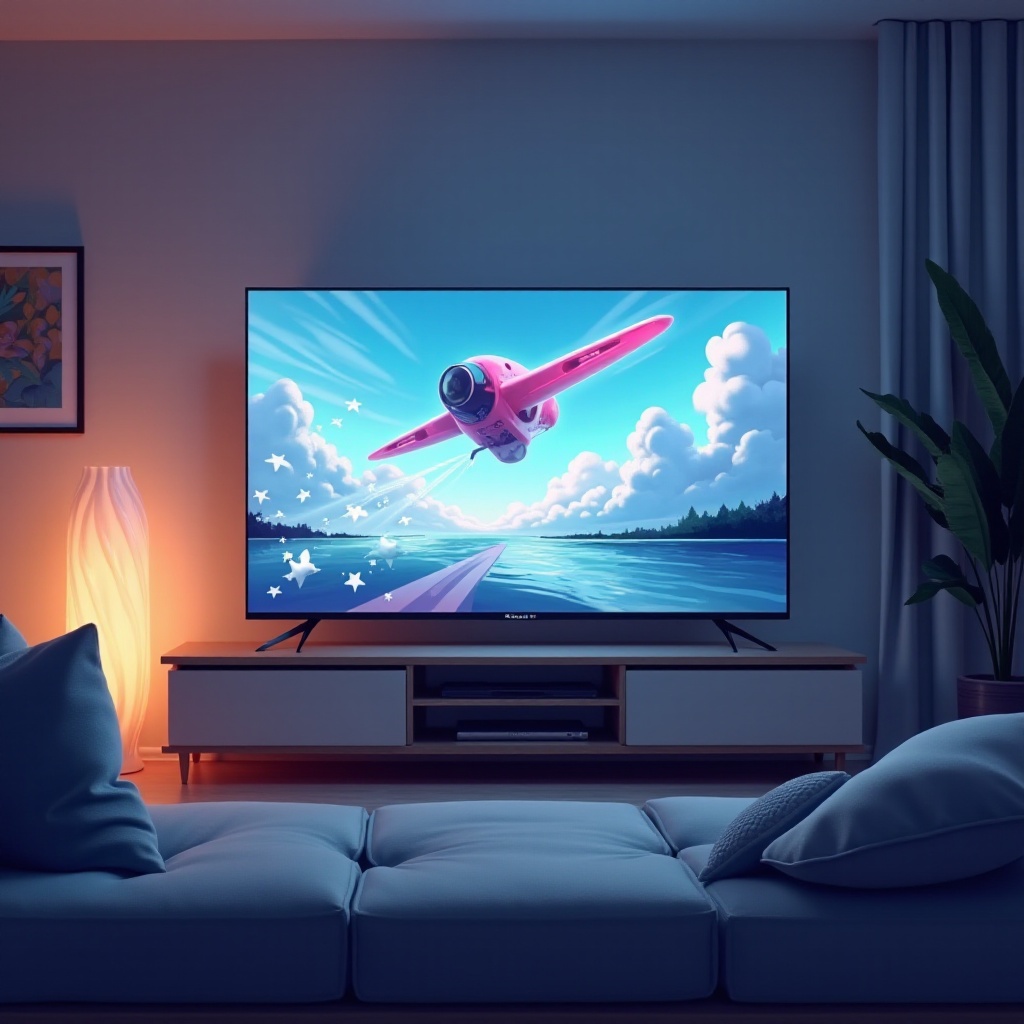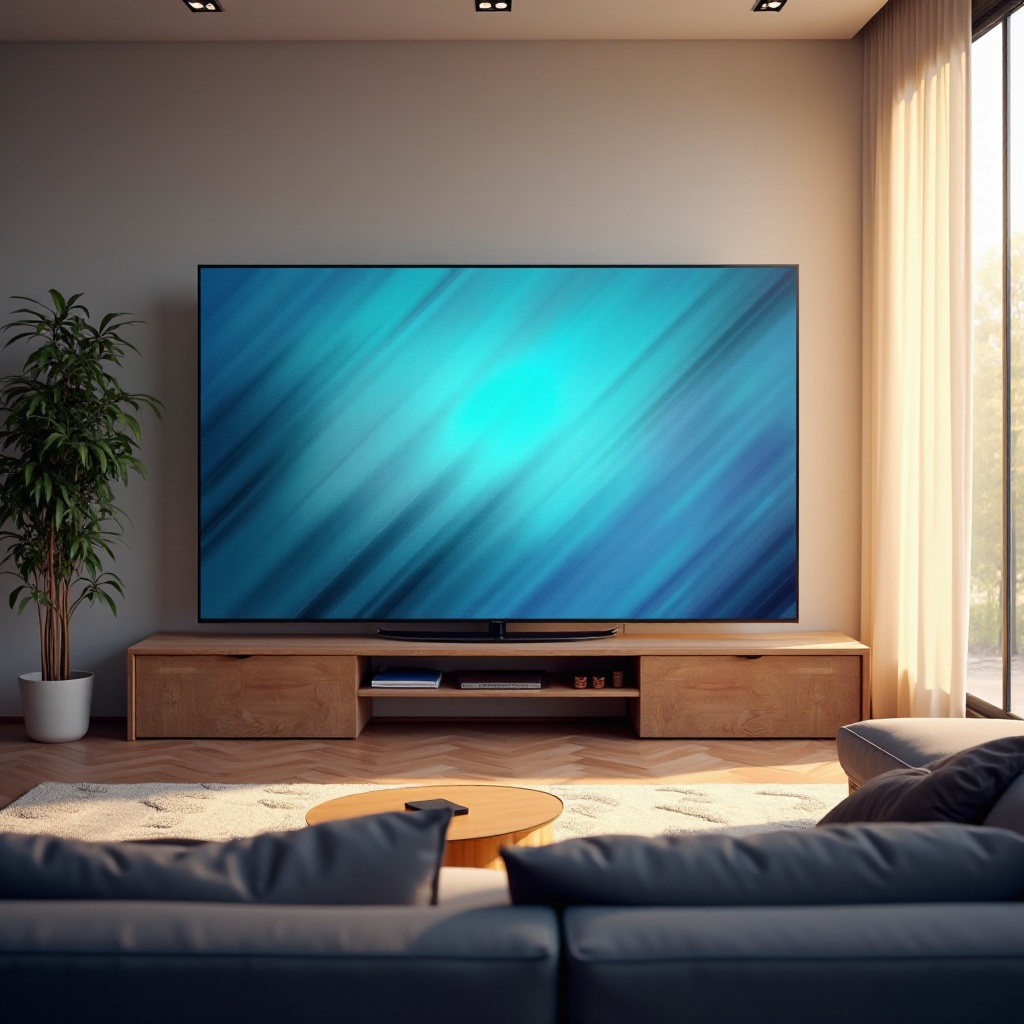Introduction
Are you tired of interruptions that ruin the flow of your favorite TV show? Juddering TV, which can transform a relaxing night into a bundle of frustration, often plagues viewers globally. This distracting issue undermines your home entertainment and demands an efficient solution. Thankfully, several methods can help in smoothening your TV performance, making your viewing experience pleasurable once more. In this guide, we will delve into the causes of TV juddering and, more importantly, how to fix it, allowing you to reclaim your enjoyable entertainment moments.

What is TV Juddering?
TV juddering refers to a jerky image display on your screen, particularly noticeable during fast-moving sequences. It emerges when frames per second (fps) don’t align with the TV’s refresh rate, causing scenes to appear distorted or staggered, breaking the viewer’s immersion. This phenomenon is more subtle than stuttering, which implies a complete pause, manifesting instead as uneven motion transition. Recognizing judder is a fundamental step towards resolving the issue, ensuring a seamless viewing experience.
Juddering can manifest in both streaming and traditional broadcast formats. It’s particularly prevalent on streaming platforms where high-definition or ultra-high-definition content is utilized, as these often operate on fps different from traditional formats. Comprehending the essence of juddering aids in constructing effective solutions, as each cause may necessitate a tailored approach to uphold premium video quality.
Common Causes of TV Juddering
Understanding the root causes of TV juddering is instrumental in formulating the most efficient approach to address it. Several elements contribute to the problem:
- Refresh Rate Mismatch: Discrepancy in fps between TVs and video content can create a disjointed image display.
- Motion Smoothing Features: Features intended to enhance motion smoothing frequently result in an unnatural motion flow called the ‘soap opera effect,’ contributing ironically to judder.
- Outdated Firmware: Manufacturers periodically introduce firmware updates to fix bugs and boost performance. Keeping your TV’s firmware outdated could contribute to display problems like juddering.
Recognizing these foundational causes can guide you towards implementing appropriate solutions, eradicating judders while also enhancing the overall image quality.
Diagnosing Juddering Issues
Prior to adopting aggressive measures, diagnosing the root of the juddering issue can conserve time and effort. Begin by assessing whether the problem universally affects all channels or is specific to some. This can pinpoint whether the problem is emanating from the device or the content itself. Test various content types (e.g., DVDs, live TV) to see if the issue continues, which could indicate a compatibility issue. If possible, utilizing another TV to confirm whether the issue lies within the TV or the input source can also be instructive.
How to Fix Juddering on Your TV
Upon diagnosing the issue, it’s time to implement viable solutions. Below are some effective methods:
Adjusting Refresh Rates and Resolution
It’s vital to align your TV’s refresh rate with the fps of the content you’re watching for a fluid viewing experience.
- Check TV Settings: Access your TV’s settings menu to adjust the refresh rate setting.
- Match Output Settings: Fine-tune the settings until the refresh rate concurs with standard content rates (60Hz in North America, 50Hz in Europe).
- Set Resolution: Set the TV’s resolution to native settings to ensure superior display output.
Turning Off Motion Smoothing Features
While purposed to enhance visual fluidity, motion smoothing often does more harm than good.
- Access Picture Settings: Locate and disable any motion smoothing or picture enhancement settings.
- Experiment with Modes: Explore alternative modes like ‘Cinema’ or ‘Game’ that often bypass unnecessary processing.
Updating TV Firmware
Ensuring your TV’s firmware is up-to-date is crucial for smooth operation.
- Check for Updates: Navigate to the support section in your TV’s settings and promptly select ‘Software Update.
- Follow Prompts: Install available updates and restart your TV to activate changes.

When to Seek Professional Help
If juddering persists despite these efforts, it may be wise to consult a professional technician. Experts can conduct thorough diagnostics to uncover hardware issues that standard troubleshooting can’t address. Professionals bring the necessary expertise in replacing parts and addressing complex internal issues, ensuring your concern is effectively resolved.

Advanced Tips for Persistent Juddering Problems
Sometimes, preliminary solutions may not entirely resolve judder. Consider these advanced tips for enduring issues:
- Invest in an External Video Processor: Devices such as frame rate converters optimize video output for smoother motion.
- Consider Upgrading Your TV: Older models might lag behind modern streaming standards, and upgrading could enhance compatibility.
- Investigate Video Source Settings: Tinker with settings like ‘Interlaced’ or ‘Progressive’ scan formats on your source device (e.g., Blu-Ray players) for additional improvements.
Conclusion
Juddering on your TV can be a bothersome disruption, interrupting your entertainment oasis. By implementing the solutions articulated here, you’ll be equipped to tackle the issue directly, restoring the seamless viewing experience you breakaway to enjoy. Proper diagnosis coupled with a few measured adjustments is often sufficient to resolve judder, ensuring your TV time is delightful once again. Remember, professional help is readily available should the problem persist, ensuring you’re never left unsupported in your pursuit of smooth entertainment.
Frequently Asked Questions
What is the difference between juddering, stuttering, and flickering?
Juddering involves jerky motion during playback, stuttering is a total pause or delay, and flickering describes a quick, repetitive on-off display brightness cycle.
Can internet speed affect juddering on streaming services?
Yes, slow internet can lead to buffering, which may cause stuttering and indirectly affect juddering by disrupting frame rates during streaming.
Are there external devices that can help reduce juddering?
Yes, external devices like video processors or frame rate converters can enhance performance by synchronizing the frame rates for smoother motion.